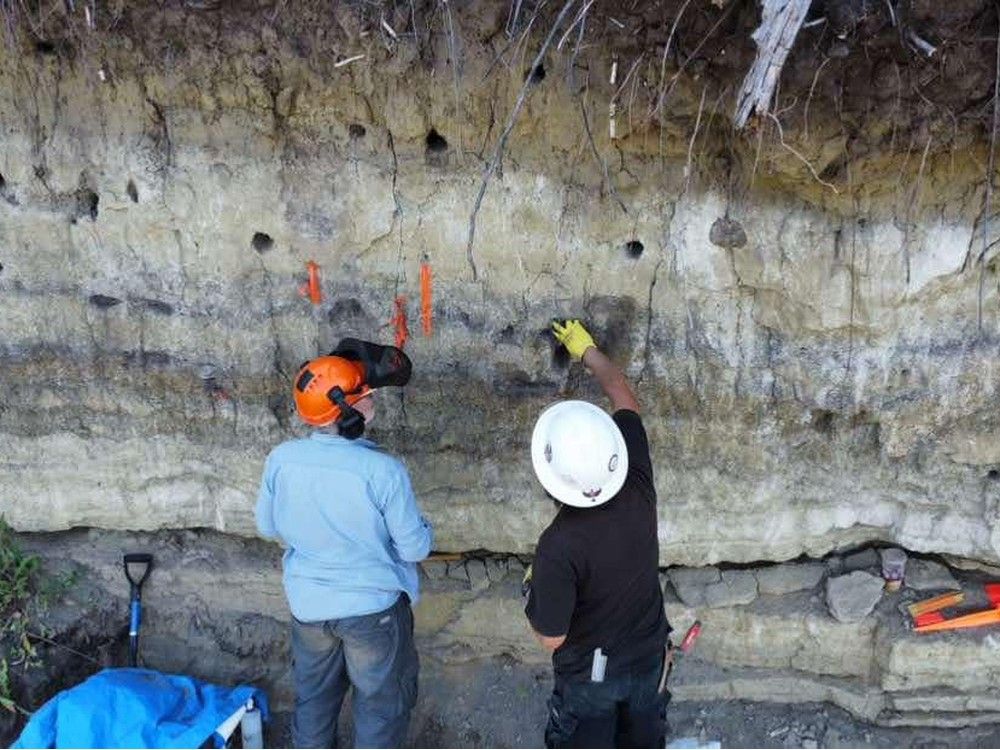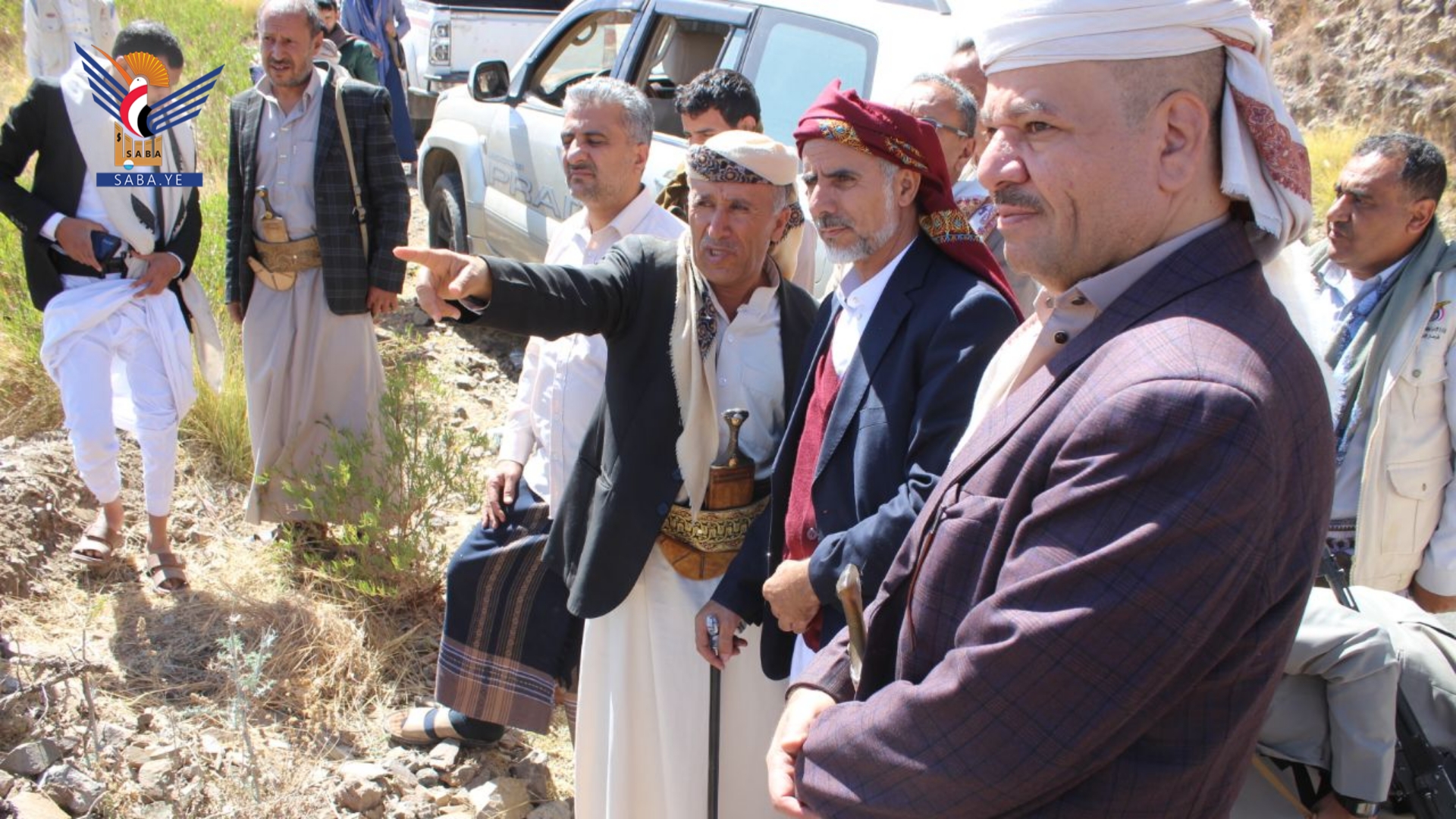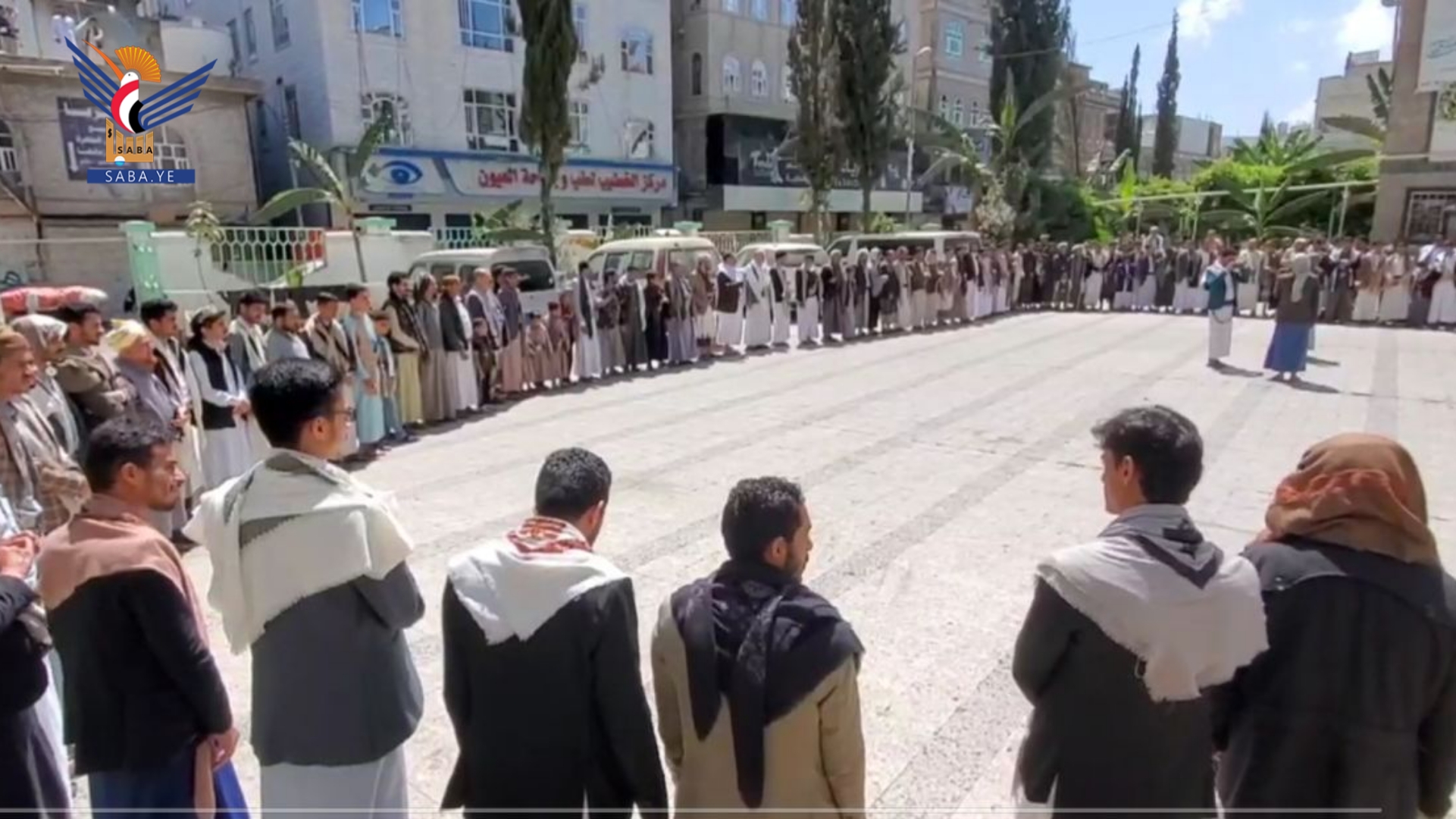
Long-hidden secrets and history of Indigenous civilization in Saskatchewan continue to reveal themselves after a discovery two years ago, say researchers from the University of Saskatchewan and the University of Calgary. The latest revelation from a group of researchers and archeologists comes from what they now believe is an 11,000-year-old pre-contact settlement in an area west of Prince Albert. That timeline would place the area among some of the most ancient sites on the planet, including Stonehenge and the Great Pyramids.
It would also challenge narratives about early Indigenous civilizations in North America, researchers say. “This discovery is a powerful reminder that our ancestors were here, building, thriving, and shaping the land long before history books acknowledged us,” Sturgeon Lake First Nation Chief Christine Longjohn said. In 2023, an carved out the side of a hill approximately five kilometres north of Prince Albert along the North Saskatchewan River.

It exposed a profile of that hill containing — including artifacts. The layers in the hill revealed when the last Ice Age ended, followed by plant growth and , including flakes of stones left over from stone tool making, large campfires or ceremonial fires and animal remains. A bone sample sent away for radiocarbon dating soon after the discovery came back as 9,200 years old.
For comparison, on the outskirts of Saskatoon dates back around 6,700 years. The most recent evidence analyzed from the site near P.A.
and Sturgeon Lake suggests the area was inhabited closer to 11,000 years ago, and was a long-term settlement rather than a temporary hunting camp. Among the findings were stone tools, fire pits and lithic materials used in toolmaking, as well as charcoal layers that indicate early Indigenous inhabitants practised fire management. The discovery of bison remains provides insight into hunting techniques and the evolution of the species, they say.
“The moment I saw the layers of history peeking through the soil, I felt the weight of generations staring back at me,” said Dave Rondeau, a Metis community-based researcher and avocational archaeologist from the Saskatchewan community of Crutwell. “Now that the evidence has proven my first instincts, this site is shaking up everything we thought we knew and could change the narrative of early Indigenous civilizations in North America.” Last month, a team of academics — including Andrea Freeman from the U of C, Glenn Stuart from the U of S, archaeologist Butch Amundson and student Jayda Boux — met with members of the Asowananihk Council — the Sturgeon Lake Grand Council group that is, alongside U of S and U of C archeologists, leading efforts to protect and study the site.
Researchers say the site was home to bison pounds and kill sites, and that findings suggest early Indigenous hunters strategically harvested bison that weighed up to 2,000 kilograms. The group says the new discoveries provide “undeniable proof of the deep and enduring presence of Indigenous peoples in this region,” and reinforces knowledge and oral histories that have been passed down for generations. “This discovery challenges the outdated idea that early Indigenous peoples were solely nomadic,” Stuart said.
“The evidence of long-term settlement and land stewardship suggests a deep-rooted presence.” Longjohn said the sites “speaks for us, proving that our roots run deep and unbroken. “It carries the footsteps of our ancestors, their struggles, their triumphs, and their wisdom.
”.















